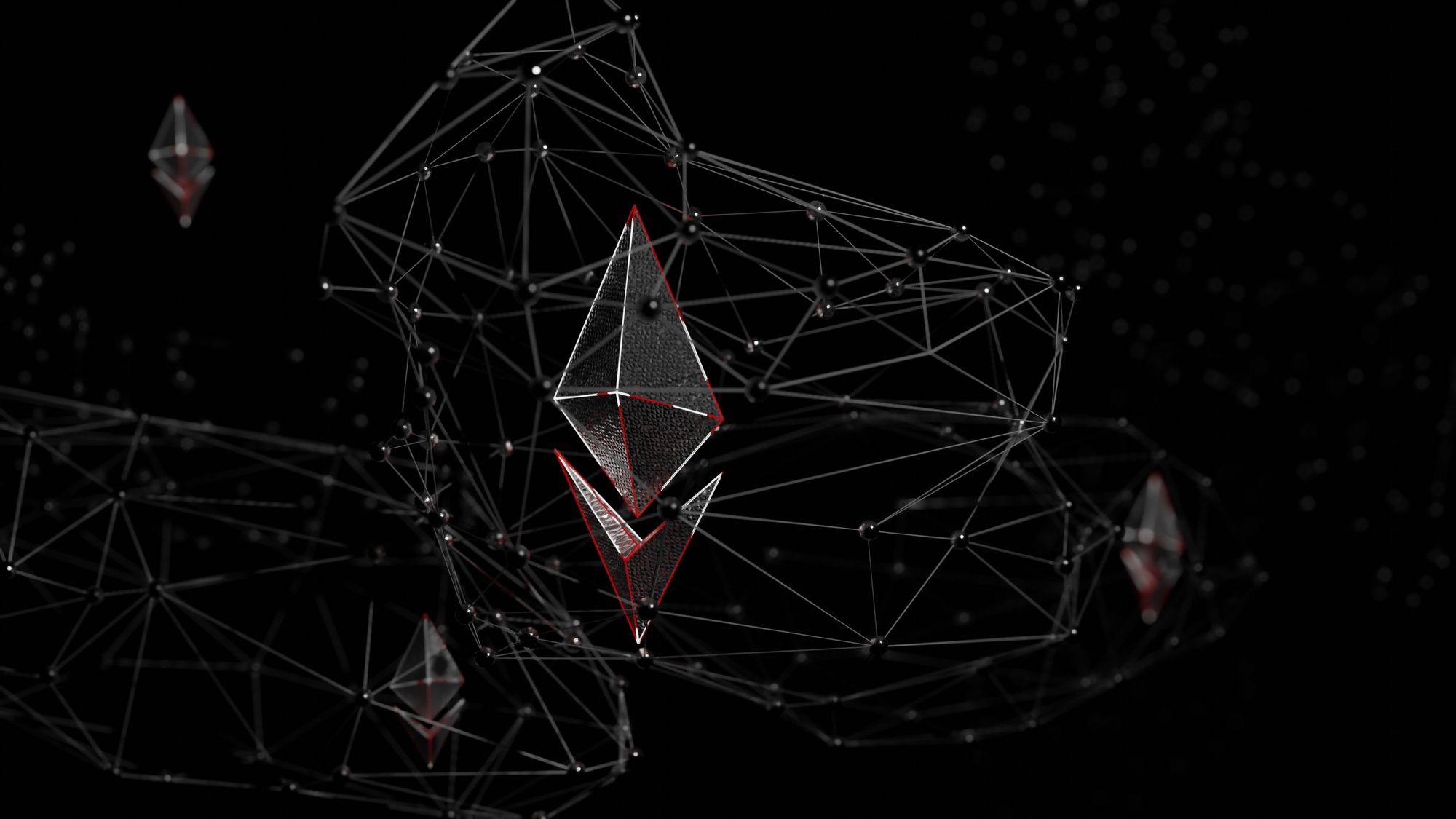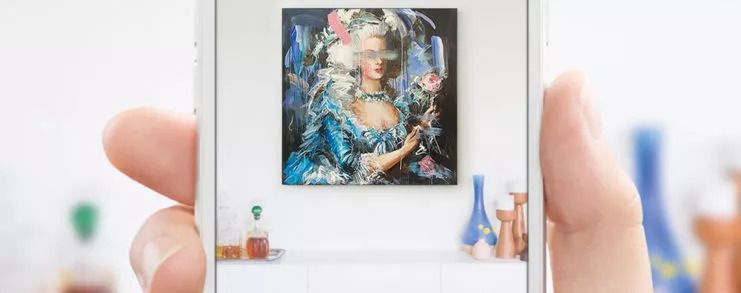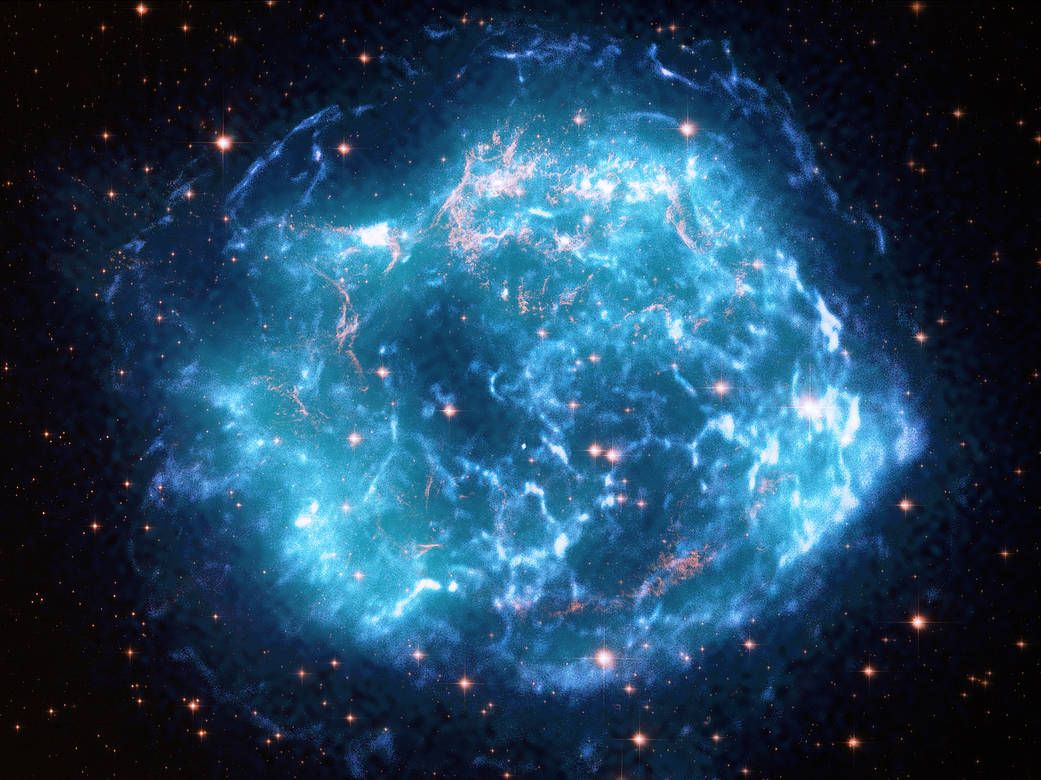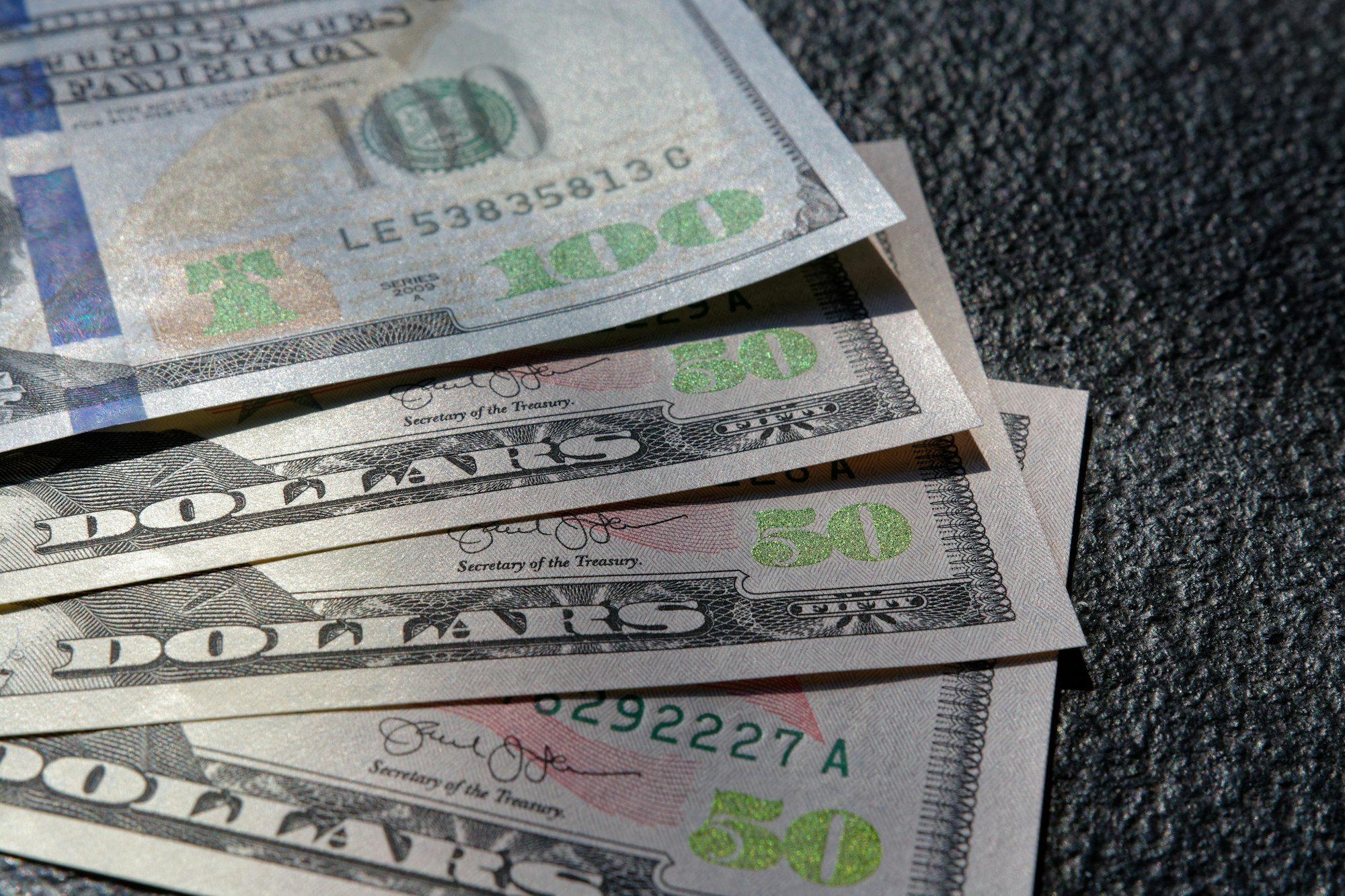Why family businesses need not fear the blockchain
by Campdeb FB | Campden FB

There’s no denying that blockchain is the wave of the future but, for some, it’s currently too nebulous and intangible to consider heavily investing in.
Following the crypto crash earlier this year, the crypto market has seen colossal corrections and some sizable recoveries. That uncertainty is perhaps understandably set to continue but blockchain VC fund Mocha Ventures believes these corrections are healthy for the industry as a whole, and are providing tremendous opportunities for savvy investors to step into the digital assets market at the right time with the right partner.
The team behind Mocha Ventures is on a mission to reassure that “Blockchain networks and digital assets are landmark innovations that will fundamentally reshape the global financial system, and investors should be able to participate in this transformation”.
5 Ways AR is Redefining Art
by April Miller | AR Insider

AR is bringing art to life worldwide. This revolutionary format is changing how people experience and create artwork in their homes, museums, and in educational settings. Here is a look at what augmented art is, and the ways it’s materializing today.
What Is Augmented Art?
Augmented art is artwork that blends the digital and real world. There are numerous ways people can augment art, from fully-digital painting to digital augmentations that enliven real-world artwork.
Backing up, there are two main types of AR — marker-based and markerless. All augmented art generally falls into one of these categories. Marker-based augmented art is attached to some physical object, such as a QR code. Markerless augmented art is more of a freely-moveable digital piece that an artist can place on any real-world flat surface.
Augmented art today usually makes use of the popularity of smartphones by displaying AR pieces through mobile apps or websites. The user’s camera scans any physical objects — such as a QR code marker — and records the real-world setting while the phone’s screen displays the digital objects in that real-world setting.
Dall·E Mini And The Future Of Artificial Intelligence Art
by Q.ai | Forbes

Key Takeaways
- DALL·E was first launched in April 2022 when it became available to a few exclusive people in the field. Many knock-offs, like DALL·E Mini, have hit the market since then.
- New innovations are entering the space, with the newest being artificial intelligence (AI) paintings from tools that can create images from text prompts.
- There's plenty of uncertainty regarding AI-generated images due to copyright issues and their impact on artists.
You likely see the power of artificial intelligence (AI) daily when you log in to social media or order something online. Many companies use AI to improve business operations and automate more stages of the customer experience.
🌙 NASA - Best Photo from Last Week
IXPE Measures Exploded Star Remains

When a massive star collapsed in the Cassiopeia constellation, it generated a supernova explosion with some of the fastest shockwaves in the Milky Way. These speedy shock waves are one of the reasons the Cassiopeia A (Cas A) supernova remnant was chosen to be our Imaging X-ray Polarimetry Explorer’s (IXPE) first observed object.
This composite image, made of data from IXPE, the Chandra Observatory, and the Hubble Telescope, shows Cas A. IXPE’s investigation of Cas A from Jan. 11 to Jan. 29, 2022, added crucial information about the behavior of exploded stars’ magnetic fields: scientists found that the magnetic fields in X-rays tend to be aligned in radial, not perpendicular, directions. Polarization data also suggest that these X-rays come from turbulent regions with many different magnetic field directions.
Image Credits:
X-ray: Chandra: NASA/CXC/SAO, IXPE: NASA/MSFC/J. Vink et al.;
Optical: NASA/STScI
Last Updated: Oct 21, 2022
Editor: Monika Luabeya


Disclaimer: None of the content in this newsletter is meant to be financial advice. Please do your own due diligence before taking any action related to content within this article.
Disclaimer: Unbound is reader-supported. When you buy through links on our site, we may earn an affiliate commission.






